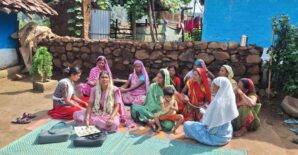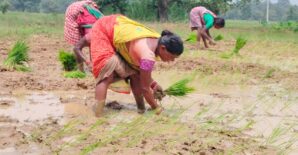 Hidden hunger – the lack or chronic deficiency of essential nutrients and minerals in diets – is severe in India. Iron deficiency, for instance, often results in anemia, a condition affecting 7 in 10 Indian children under five and 59 percent of all pregnant women. Lack of iron impairs children’s mental development and increases fatigue, while it raises the risk of maternal mortality, morbidity from infectious diseases, and premature delivery among pregnant women.
Hidden hunger – the lack or chronic deficiency of essential nutrients and minerals in diets – is severe in India. Iron deficiency, for instance, often results in anemia, a condition affecting 7 in 10 Indian children under five and 59 percent of all pregnant women. Lack of iron impairs children’s mental development and increases fatigue, while it raises the risk of maternal mortality, morbidity from infectious diseases, and premature delivery among pregnant women.
As a public health problem in India, iron deficiency is as serious as it gets. Which is why a recently- published study on iron-rich pearl millet is creating significant buzz among nutritionists. Pearl millet is an important staple food in the semi-arid regions of India where iron deficiency is widespread. A new study, published in the Journal of Nutrition, shows that pearl millet bred to have higher iron content , is able to meet the full daily iron needs of young children. It is also able to meet the children’s full daily requirement of zinc, another essential micronutrient.
Iron-rich pearl millet has been developed by the International Crops Research Institute for the Semi-Arid Tropics (ICRISAT) using conventional breeding techniques as part of HarvestPlus’s efforts to improve nutrition and public health.
Find out more about the study and its significance for improving nutrition, especially in rural farming communities.


